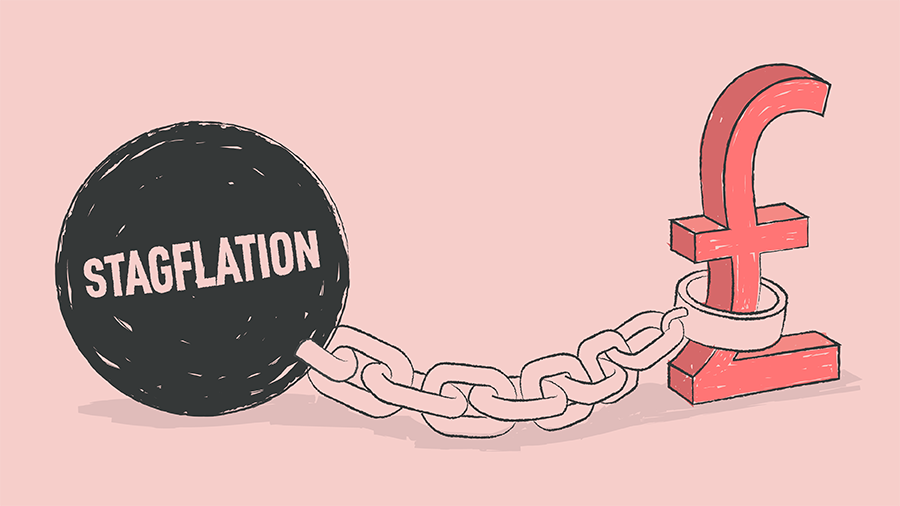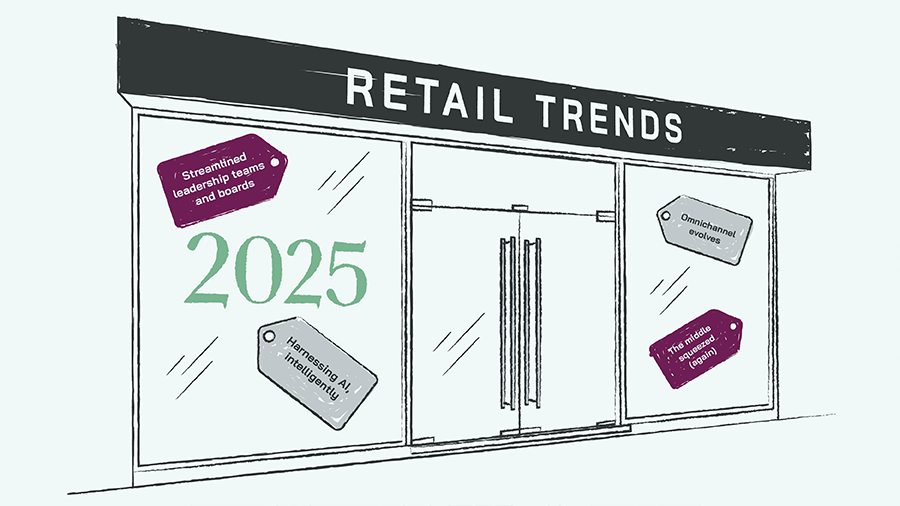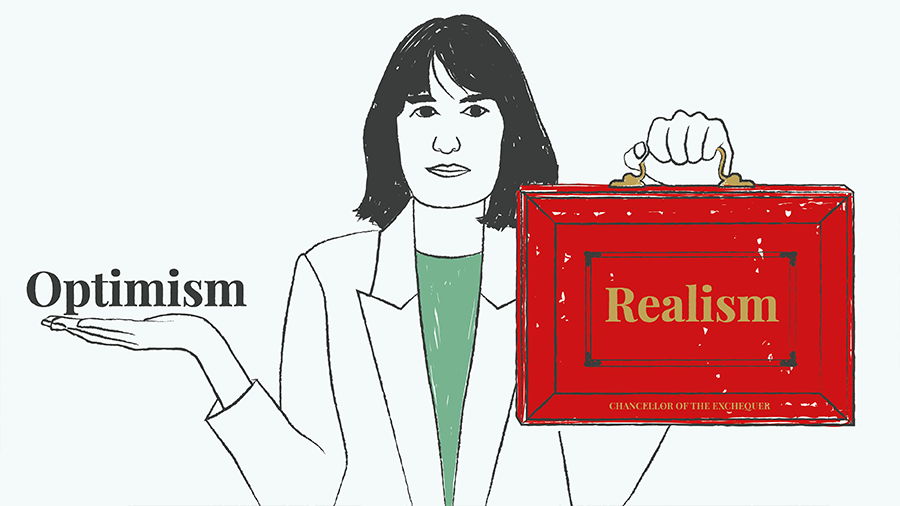When the pandemic prompted lockdowns last year, businesses were forced to begin a remote working experiment at a scale that would have seemed unfeasible just weeks before. The verdict of that experiment? For the most part, we’ve been able to function perfectly adequately and productively from home, in some cases more productively.
But the office isn’t going anywhere. Most of us recognise that organisations lose something important if they exist only on the cloud, the creative back and forth, the dynamic collaboration that takes place between a community of people but that doesn’t between a chocolate box of faces on a screen.

Hybrid working is the new norm
It’s long seemed inevitable that some kind of hybrid arrangement would eventually become the norm. From the conversations I’ve had – and this is backed up by early reports of companies going public about their plans – the most common configuration will be three days in, two days at home.
One chief executive told me that Mondays are a good day to work remotely, as that’s when they do their one-to-ones with their team; Tuesdays to Thursdays would be in the office, while Fridays – already WFH days in many companies before the pandemic – would be for ‘deep work’, with as few meetings as possible. I think that’s fairly typical, though there will be variations and outliers – some offices won’t reopen at all; others will be packed five days a week.
Among the many factors that go into this decision – including overheads, productivity and the long-term capacity to innovate – one stands out to me as deserving particular mention. Your choice of hybrid working will impact your employer brand, and you need to be ready for the consequences.
You can’t please everyone
A year of widespread remote working has opened a deep divide in what people want. For many it has improved well-being, reclaiming leisure time once lost to commuting, while substituting home comforts for the stifling hum of the open-plan. But plenty of others have struggled intensely with the isolation, the Zoom fatigue, the distraction and the discomfort of home working.
The result is that there is no hybrid working configuration that will please everyone. Whatever you choose to do – everyone in on Mondays, Wednesdays and Thursdays; whole teams coming in three days a week on a rota; some functions at four office days a week, others on two – will upset someone. To give a sense of the split, McKinsey’s Reimagine Work survey of 5,000 corporate workers indicates that, over a year into the pandemic, 52% want some kind of hybrid arrangement, 37% want a return to office work and 11% want to work fully remotely.
People will walk if you don’t meet their needs. Another CEO told me recently how their business was trying to return to the all-for-one, one-for-all camaraderie that they believe they can only get from having the whole team in, all the time. They weren’t ready for the exodus of talented workers who were once perfectly comfortable with those working practices.
This won’t be an isolated incident. There are numerous surveys indicating between a quarter and a third of employees who’ve been working from home would quit if their company tried to force them back in. Equally, there are people who will quit if their employer decides to save on the rent and not reopen the office at all.
Flexible working
The ‘ideal’ solution is often described as empowering people to work wherever they choose – flexible working at scale. Most of the benefits generally associated with remote working are better associated with flexible working, including improved wellbeing and productivity. People want a choice, not a configuration of rules, and it’s hard for an enlightened employer to argue against trusting your talented go-getters to work where they believe they can best do the job.
This has its problems though, because when we’re in a team we can’t make these decisions in isolation: to oversimplify, it doesn’t work if I choose to go to the office to be around my team physically, if my team then chooses to be at home.
Whether people are fully empowered to choose their place of work or not, you then start getting to the fiendish challenge of scheduling in such a way that the right people are in at the right times, and that there are spaces for them.
Know your culture
Getting all this right requires a deep understanding of your culture – as it is in reality, not the posters on your walls – and specifically how your teams work together. Often, we find that senior teams are too far removed from their staff to have this understanding of working practices and norms, falling into the trap of believing that what they see on the top floor is also reflected on the shop floor.
Some cultures and teams can handle working in different places; they may even work better that way. Others cannot. Working practices evolve and can be actively shaped, of course, but this does mean you need to think very carefully before making your decision or, better, be willing to continue the experiment and learn as you go along.
Listen to people; find out what works for them and why. Maybe they will be able to suggest ways they can take these decisions together, reflecting their preferences and effectiveness both as individuals and as groups.
That open, grown-up, learning mentality will find its way into your employer brand, through recommendations and reviews. The hybrid policy you settle on may still fail to please everyone, but so long as it’s known that you listen to people and show that you care what they think, you will continue to be an attractive place for top talent to work, wherever that may be.
















